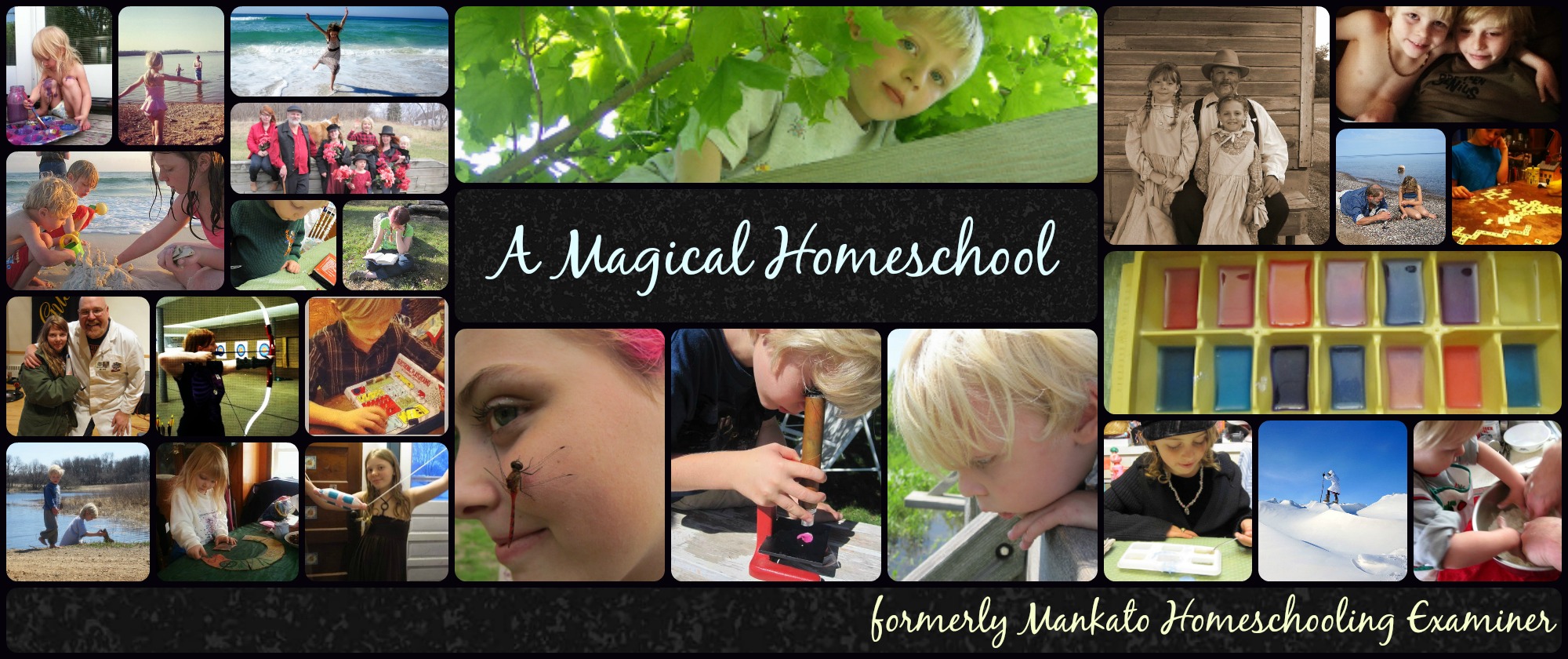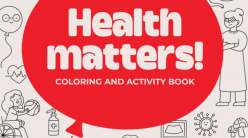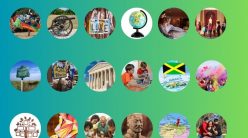
fivehanks on Flickr https://www.flickr.com/photos/fivehanks/6586359715
Teaching kids about Thanksgiving was easy in the old days. They were told sweet stories about pumpkin pie and friendship and gratitude. They did some pilgrim and Indian crafts and everybody (or almost everybody) felt happy.
Things got more difficult once we started learning more about the real history of Thanksgiving. We found out that everything from the foods to the traditions was more than a little fictionalized. Then we started to really look at the Native American experiences back then and it was even harder to keep on with the sweet stories. Some of our history of that time just wasn’t sweet.
In a sample letter to parents, Understanding Prejudice writes:
As you may know, many Native American images found on Thanksgiving cards, decorations, and school materials are very stereotypic. They are often based on a “composite” view of Native Americans rather than on accurate and diverse Native American lifestyles and traditions. As a consequence, Thanksgiving imagery serves to teach and reinforce children’s misinformation and stereotypic thinking about Native Americans, laying a foundation for later prejudice.
Moreover, the story of Thanksgiving is usually told from only one side — that of the European pilgrims who came to America. Rarely is it told from the perspective of the people who were already here. As a result, the role played by Native Americans in helping the pilgrims to survive is often downplayed or ignored. To many Native Americans today, Thanksgiving is a day of mourning because it is a reminder that in return for their help, they were repaid with the loss of their land and destruction of their people.
What, then, do we propose to do? We do not advocate the elimination of Thanksgiving from our curriculum. Instead, we strive to help children understand that Thanksgiving means different things to different people.
So how should we teach Thanksgiving to children? How do we balance a need to teach them accurate history with a desire to celebrate all of the best parts of a sentimental holiday?
It’s not as hard as we may think.
We start by being honest and telling the truth (keeping the information age appropriate for children) and we discuss the good and the bad with them.
We talk about the issues and encourage them to think about how things must have been for everybody.
We can also talk about all of the good things that Thanksgiving has come to represent for many Americans: gratitude, harvest, friendship, working together, helping our neighbors, survival, celebration, family — and even a few corny crafts.
Here are some links to help with all of that.
Learn NC has an excellent compilation of links that provide accurate information about all sides of the Thanksgiving story. They write:
Almost all of us remember tracing our hands to make colorful construction paper turkeys, acting out the first Thanksgiving, and reading about Pilgrims during our November school days. What we may not remember is that the story of the first Thanksgiving that we learned in grade school was often incomplete, inaccurate, or misleading and probably missed some of the more interesting historical details about this important national holiday. Fortunately, there are a variety of primary sources and lesson plans available on the Web that can help you and your students celebrate our national day of thanksgiving in ways that are both fun and informative.
Plimoth Plantation offers an interactive Thanksgiving lesson from the Plimoth people that teaches lots of information about that first Thanksgiving.
What really happened at the First Thanksgiving?
Become a history detective and find out!In this fun, award-winning activity, kids take on the role of “history detectives” to investigate what really happened at the famous 1621 celebration. (Hint: It was a lot more than just a feast!) Along the way, they’ll read a letter written by an eyewitness to the event, learn about Wampanoag traditions of giving thanks, and visit Pilgrim Mary Allerton’s home. As a final activity, kids can design and print their own Thanksgiving exhibit panel.
The Lesson Plans Page has a huge assortment of more traditional Thanksgiving ideas for everything from PE to art to math.
For another Thanksgiving perspective, here is information about the National Day of Mourning that some native people hold on Thanksgiving. The page is well written and offers a lot to think about as we’re educating our children about our nation’s history. Here’s a snippet:
History is not a set of “truths” to be memorized, history is an ongoing process of interpretation and learning. The true richness and depth of history come from multiplicity and complexity, from debate and disagreement and dialogue. There is room for more than one history; there is room for many voices.
“The True History of Thanksgiving,” originally published in the East Texas Review, tells far more details about the first Thanksgiving and the horrific treatment of the native people that followed. While this page contains information that may not be suitable for some children, it’s important that we as teachers know these facts in order to teach accurate history. The essay includes this very important message:
In our society, it is not uncommon for our modern celebrations to have arisen from evil beginnings. Over the centuries, Thanksgiving has become a special day to join with loved ones in an offering of thanks for our blessings. Some give their time to help with the homeless and hungry. It is now a day of giving, and of honor, and of true thanksgiving.
In your Thanksgivings to come, I would ask that you offer a silent prayer for the spirits of those who were sacrificed so long ago. You and I did not commit these atrocities, and we are certainly not responsible for the behavior of our ancestors be they red, white, black or yellow.
However, we are charged with the responsibility of learning our true history, and of having the courage to behave with honor and dignity toward our fellow man. If the lessons of history are not learned, they will repeat themselves.
Thanksgiving has room for many voices and many types of lessons. We can still do those construction paper leaves full of things we are thankful for. We can use the holiday as an opportunity to gather with loved ones, count our blessings and celebrate the end of the harvest season. It should also be a time when we talk with our kids about the good and the bad of our nation’s history, and teach the perspectives of all of the people involved in this American tradition.
Look elsewhere on this site for ways to incorporate Thanksgiving into your math, science, language arts and other lessons — and a few of those corny Thanksgiving crafts.




